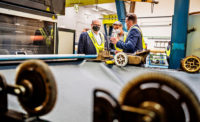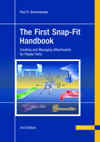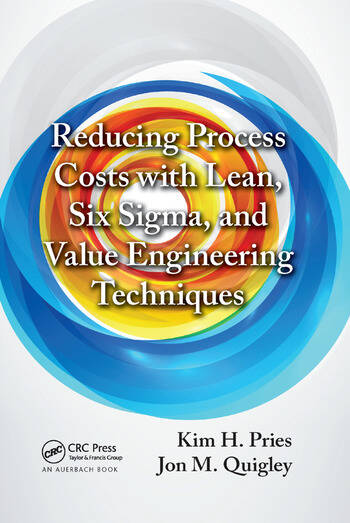HANOVER, Germany—Continental is using polyester yarn made from recycled plastic bottles for high-volume production of tires.
Specifically, the new high-performance material is being used first in Continental’s PremiumContact 6 summer tires, EcoContact 6 summer tires, and AllSeasonContact tires. The material replaces conventional polyester yarn in the carcass of the tires. A set of standard passenger car tires uses yarn made from approximately 40 recycled PET bottles.
Continental first unveiled the recycled yarn, ContiRe.Tex, in September 2021. The polyester yarn is obtained from used PET bottles without any intermediate chemical steps and not recycled in any other way. This makes the technology much more efficient than other standard methods for processing PET bottles into high-performance polyester yarns. The bottles used for the technology come exclusively from regions without a closed recycling loop. As part of a special recycling process, the bottles are sorted and mechanically cleaned, after the caps are removed. After mechanical shredding, the PET is further processed into granulate and finally spun polyester yarn.
“We only use high-performance materials in our premium tires. From now on, these will include polyester yarn from PET bottles, made in a particularly efficient recycling process,” says Ferdinand Hoyos, who heads Continental’s tire replacement business in Europe, Middle East and Africa. “We brought our innovative ContiRe.Tex technology to the production stage in just eight months.
“We’re constantly expanding the share of renewable and recycled materials in our tires,” he adds. “By 2050 at the latest, we want to use only sustainable materials in our tire production.”
The new tires are being produced at Continental’s factory in Lousado, Portugal. Tires with ContiRe.Tex technology have a special logo on the sidewall: “Contains Recycled Material.”
Polyester yarn made from PET has long been used as a material in passenger and light truck tire assembly. The textile cords absorb the forces of the tire’s internal pressure and remain dimensionally stable even under high loads and temperatures.





